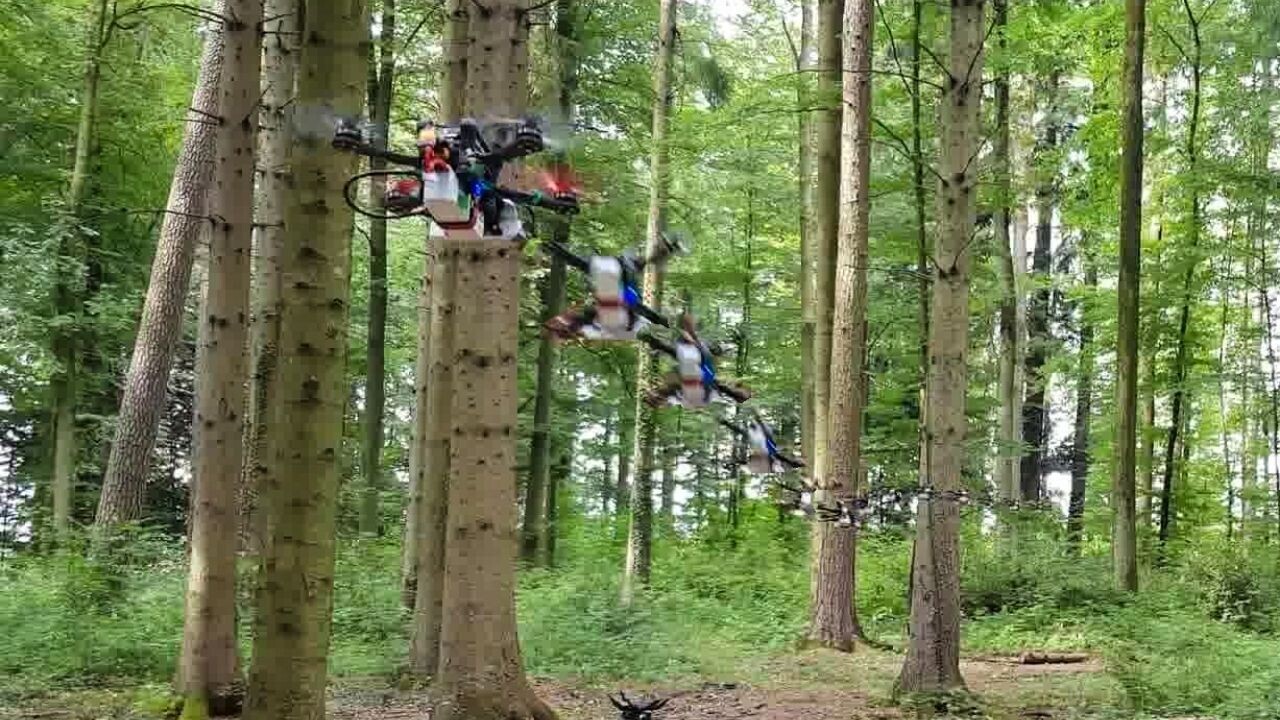
If you’re ever lost in the woods (or on the lam), watch out for high-speed quadcopters following you through the trees.
The drones can now fly through complex and unknown environments at up to 40kmph, thanks to a new AI approach developed at the University of Zurich.
The quadcopter’s flight lessons took place in a simulation.
An algorithm first piloted a computer-generated drone through a simulated environment that contained complex obstacles.
This data was used to train the drone’s neural network to predict a flight path based on information from onboard sensors.
The system was then tested in various real-world environments, such as forests, collapsed buildings, and derailed trains.
“Our approach was able to successfully navigate in all environments that it was tested in, the team said in their study paper. “Note that our policy was trained in simulation and was never exposed to any of these environments or conditions at training time.”
The approach has several advantages over other methods.
The direct mapping of sensory observations to flight trajectories reduces processing latency. The system also increases robustness to perception disturbances, such as motion blur and missing data.
The team now wants to develop faster sensors that would enable drones to safely fly at even faster speeds.
Their approach could prove useful in emergencies and on construction sites. It also looks well-suited to hunting down undesirables.
Get the TNW newsletter
Get the most important tech news in your inbox each week.





